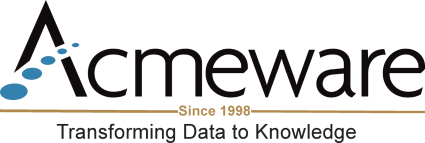CMS’ Merit-based Incentive Payment System (MIPS) is a pay-for-performance program where a higher score leads to higher reimbursement. In MIPS, there are four performance categories: Quality, Cost, Promoting Interoperability, and Improvement Activities. This blog will explore the Cost Category for 2024.

In 2024, the Cost performance category accounts for 30% of your MIPS score and includes 29 cost measures. CMS uses administrative claims to calculate cost measure performance and clinicians are scored on the cost measures that case minimums are met. CMS scores against benchmarks that are based on the performance year, not a historical baseline period.
Beginning with 2024 performance, CMS has updated the cost scoring methodology to use a new distribution in which the median cost for a measure is set at 10% of the performance threshold established for that MIPS payment year. For the CY 2024 performance period, the median would be set at 7.5 since the performance threshold is 75. The cutoffs for benchmark point ranges would then be calculated based on standard deviations from the median.
With this updated methodology, CMS attempts to guarantee that MIPS eligible clinicians who deliver care at a cost near the calculated median cost of all MIPS eligible clinicians attributed to the measure would receive scores at, or close to, the performance threshold-derived score.
A low score in the cost category can hurt your overall MIPS score and ultimately your payment adjustment. While the cost category score is not one that can easily be predicted, here are some strategies to help you optimize your cost score.
- Understand the cost measures
- Understanding the measures helps you identify which areas of care are driving costs. The cost measures include the Total Per Capita Cost (TPCC) measure, Medicare Spending Per Beneficiary (MSPB) and numerous Episode-based measures
- Total per capita cost (TPCC) measure assesses overall spending per patient
- Medicare spending per beneficiary (MSPB) measure assesses spending around hospitalizations
- Episode-based measures focus on specific clinical conditions or procedures
- Review past performance
- Review your prior year Performance Feedback on the QPP website
- Review the measures you were scored on. For each scored measure, you can download the beneficiary level data. These reports include details for all costs associated with the cost measures for each patient
- Confirm diagnoses are coded accurately
- Use diagnosis codes that accurately represent the complexity of your patients
- CMS calculates risk scores based on the diagnosis submitted for a patient during the reporting year. The hierarchical condition category uses ICD-10 coding to assign risk scores to patients. Patients with chronic conditions are associated with higher healthcare utilization and costs, so you want to make sure these patients are coded correctly
- Improve care coordination
- Improve communication and coordination with other healthcare providers to avoid unnecessary tests, procedures, and hospital admissions
- Use care management practices for patients with chronic conditions to reduce complications and hospital readmissions
- Identify high-risk patients and manage them proactively to prevent costly episodes of care
- Reduce ED visits and readmissions
- Hospital readmissions are a major contributor to higher utilization
- Offer more access to providers through after-hours and/or telehealth visits which in turn can reduce readmissions/ED visits
CMS MIPS Cost Measures Resources:
- 2024 MIPS Cost Measure Codes Lists: Details the codes used in the specifications for each of the cost measures
- 2024 MIPS Cost Measure Information Forms: Details the measure methodology for each of the cost measures
